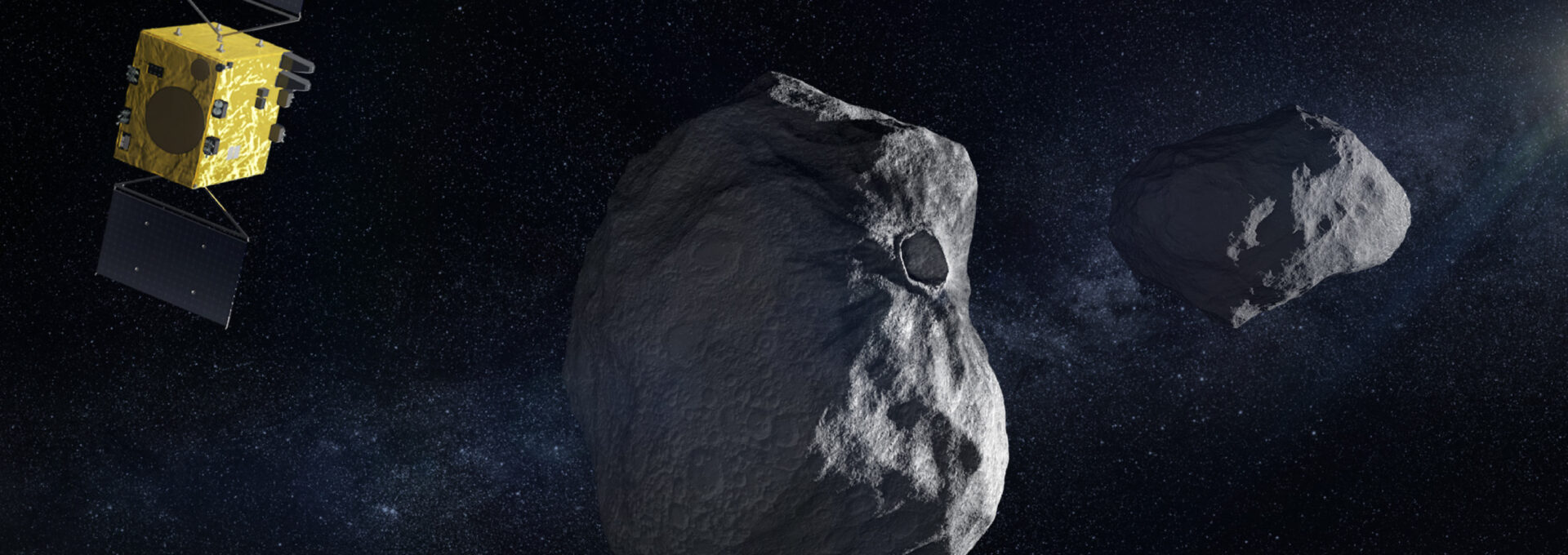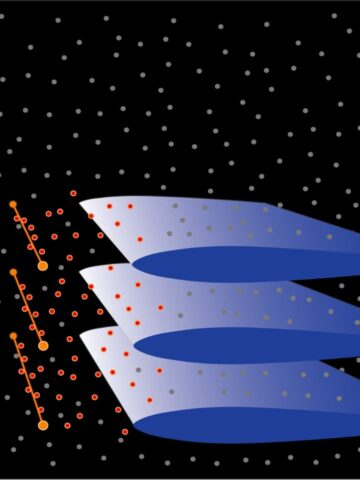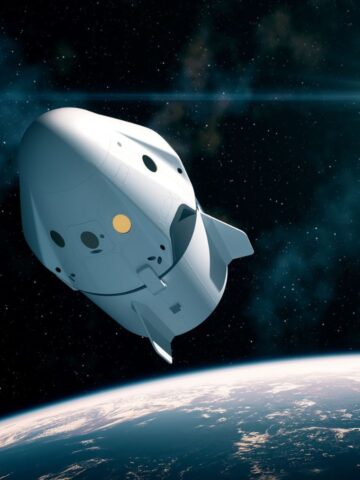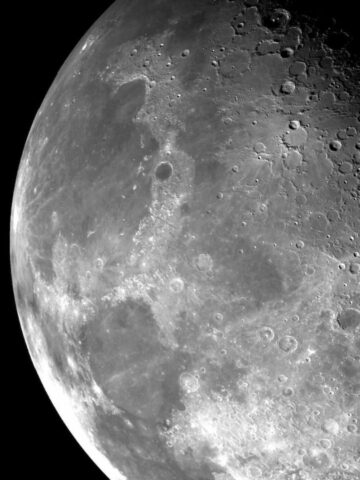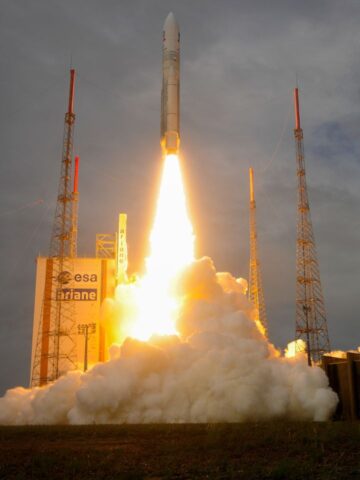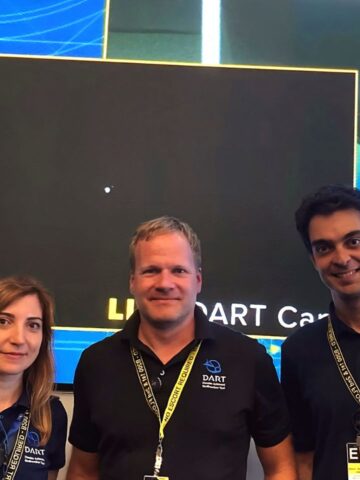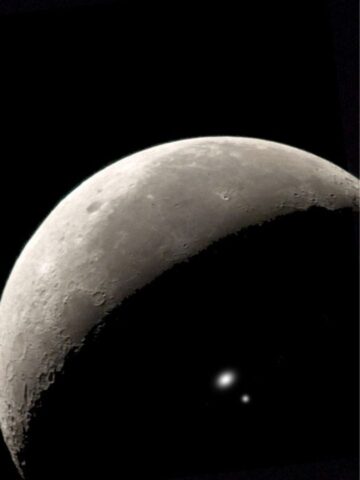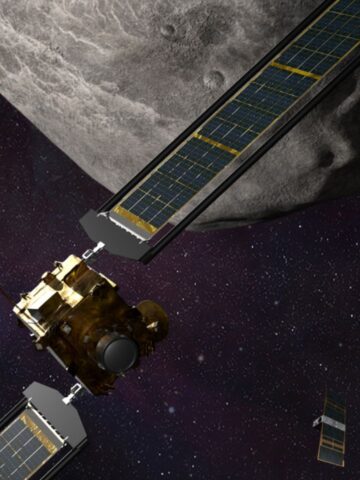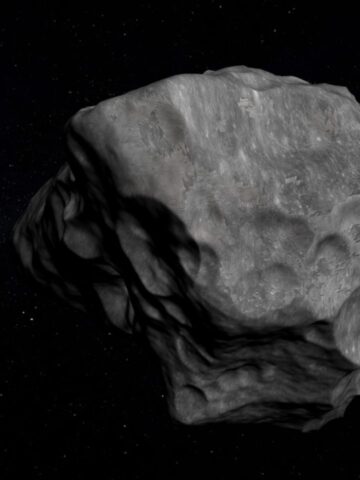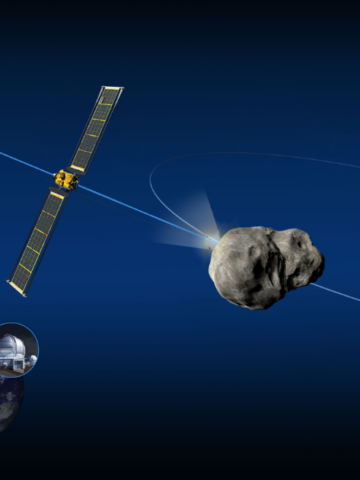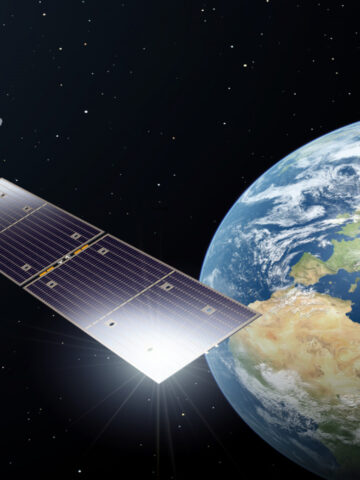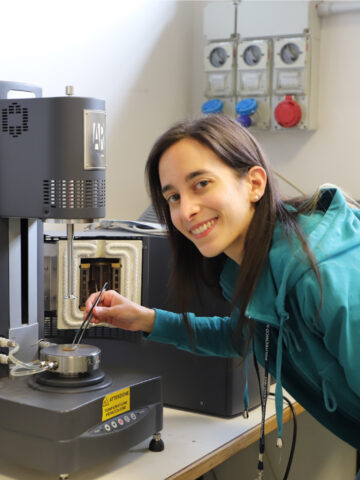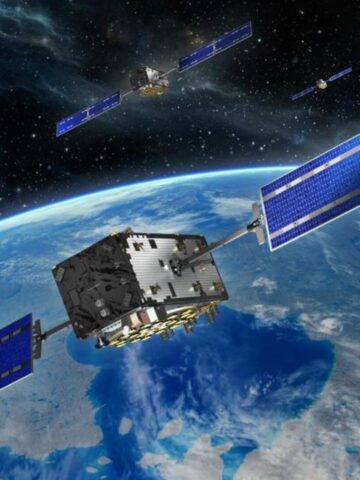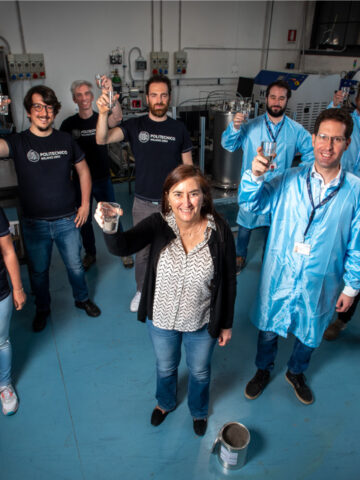After contributing to Rosetta Mission, in 2024 Politecnico di Milano will be back to deep space. That year ESA, the European Space Agency, will launch the Hera spacecraft towards binary asteroid Didymos, the smallest ever visited object by a space mission: an asteroid of approximately 780 metres diameter, having a tiny moon Dimorphos of approximately 160 metres. After arrival, Hera will release two shoebox-sized satellites, namely CubeSats.
The Department of Aerospace Science and Technology of Politecnico di Milano is part of the industrial team selected by ESA to develop the “CubeSat Milani” onboard Hera. The team, led by Prof. Francesco Topputo, will be responsible of the design of the CubeSat’s trajectory and its GNC (Guidance, Navigation and Control) system. The CubeSat is named after Andrea Milani, professor of orbital mechanics at University of Pisa, who passed away in 2018.
The employment of CubeSats in such mission is extremely ambitious and is a fundamental step towards the future development of low-cost exploration of the Solar System, yet providing high science and technology return. For the first time in space exploration history, the CubeSats ought to be able to operate autonomously, more than 10 million kilometres away from Earth, in the yet unexplored and largely unknown binary asteroid environment.
From the scientific point of view, the CubeSat will provide invaluable insights on the physical and dynamical properties of Didymos and Dimorphos. The binary system will be investigated by collecting data and close-up images near the surface of the two asteroids. In particular, the CubeSat will act as building block to InterSatellite Link, the first interplanetary, intersatellite communication link between Hera and its two CubeSats. The CubeSat will act as a technology demonstrator and will test for the first time innovative GNC algorithms, to support the autonomous guidance, navigation, and control of the CubeSat in deep space. More, the impossibility to have direct communication with Earth ground station, but only through relay with Hera, and its limited propulsion capability, make the Second CubeSat aboard Hera one of the most interesting technological challenges of the incoming years.
Hera is the European contribution to the joint ESA-NASA mission AIDA (Asteroid Impact and Deflection Assessment), which will be the first ever planetary defense mission. Its goal is to test and validate the planetary defense technique referred to as “kinetic impactor”, which consist in deflecting the orbital path of an asteroid by means of a high-velocity impact.
